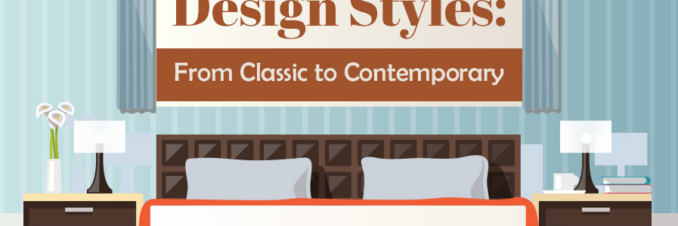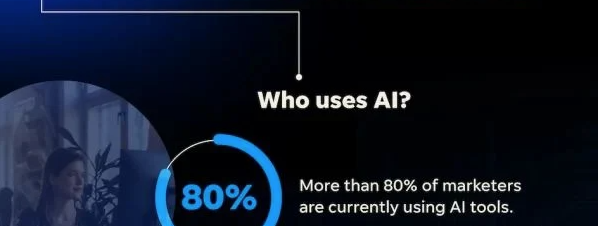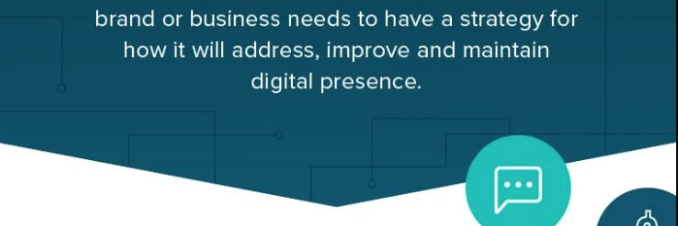‘Smart’ technology is the driving force behind the evolution of homes
The estate owned by Microsoft founder Bill Gates and his wife Melinda lines Lake Washington in Seattle in 2000. / Newsmakers/Dan Callister
At the 1933 World’s Fair, the “Homes of Tomorrow” exhibit predicted houses made of baked enamel.
Disneyland’s 1957 Monsanto “House of the Future” said we’d be living in plastic modular homes.
And in the ’80s, the bulbous foam insulation Xanadu houses were hailed as the next big thing.
As you can see by looking around your neighborhood, none of those predictions proved true.
But visionaries were right when they foretold of air conditioning, wireless phones, the microwave oven, security cameras, and homes automated by the Commodore microcomputer.
Four out of five’s not bad.
But what are today’s innovators imagining for the house of the future, and what can we expect to become a reality?
“There’s a reality orientation to the future, and then there’s the George Jetson vision,” said Mary G. Severino, owner and founder of the Wilmington architecture firm MGZA Architecture. “But we’re one step removed from having our homes change radically. Computerization has impacted all aspects of how we use our houses.”
The Lumenhaus is Virginia Tech’s solar house project.
Smart
The trendiest buzzword referring to the house of the future is “smart house” or “smart home,” like a smartphone. The concept is based on implementing technologies that will make life easier by anticipating and providing what individuals need and want.
Think it’s great that you can program your coffee pot to “wake up”? Imagine a home that also assesses the weather and lays out an appropriate outfit, prepares a breakfast that meets individual dietary needs, walks the dog, and repairs a pipe that sprung a leak during the night.
“Refrigerators with built-in flat-screen TVs are already available,” said Severino, also vice president of the Delaware chapter of the American Institute of Architects. “This is just going one step further in programming that TV.”
Futuristic houses already exist around the world, some as prototypes and some as functioning residences.
At the home of Microsoft chairman Bill Gates, described in his book “The Road Ahead,” guests wear electronic pins. When the guest enters a room, the electronic pin triggers the temperature, music and light to change according to that individual’s preferences.
“The house uses this information (collected by the pin) to give you what you need,” Gates writes.
Living Tomorrow is a group of futuristic houses and offices in Belgium, including an assisted-living style apartment for the elderly.
The apartment includes “smart carpet,” which recognizes if a person falls and calls emergency services, according to the Living Tomorrow brochure.
The apartment also features a toothbrush that monitors the resident’s vital signs and sends them to the physician, as well as a mirror that reminds the person when to take medication.
Efficient
Technology can make life easier, but researchers are most interested in the hundreds of ways technology can improve energy efficiency.
For example, when the sun begins to overheat a room, the warmth might trigger a mechanism to draw the drapes, Severino said. Or, if a room is cold, the house might open the drapes to allow sun in.
Specially designed light fixtures also improve efficiency by using reflectors to “harvest” daylight, Severino said. Such fixtures might face a window and then reflect light into a darker area of the building.
“That already has a lot of benefits for commercial buildings because they’re larger. But it’s starting to happen in residences, too,” she said.
Experts expect that many technologies currently being used by businesses soon will be mainstream in residential construction, too, including products from Delaware-based companies Dupont and W.L. Gore & Associates.
Dupont recently launched a roll-on Tyvek product that creates a rubbery “building envelope,” providing commercial buildings with greater weatherization. This product is expected to be used in homebuilding in the near future, said spokeswoman Patty Seif.
Gore produces vents that enable electronics to be sealed in waterproof enclosures so they can be used outside, said product specialist Jason Zambotti. This kind of technology allows electronic devices to be used in different ways — for fun and for energy conservation.
One such device is the “smart meter.” Delmarva Power is now installing thousands of smart meters in homes and businesses statewide, which allow the company to gather more detailed information about energy use, according to the company’s website.
“These meters will talk back to the company to let them know there’s a problem,” Zambotti said. “In the future, appliances will talk directly to the smart meters, so your washing machine… would turn on automatically at 2 o’clock in the morning when power is cheapest.”
Different
The design of the house of the future will be dramatically different, experts say, for energy conservation, demographic shifts, economic changes, and a range of other reasons.
Simple design changes that don’t rely on technology can dramatically improve a home’s efficiency, said Robert Dunay, faculty adviser to Virginia Tech’s Lumenhaus, a solar house built as part of a larger research program.
For example, just by designing houses to be south facing and maximize natural ventilation, they would use approximately 20 percent less energy. The drive to conserve energy also will result in significantly smaller homes, Dunay said.
Houses will be smaller, not just to conserve energy, but also because they’ll have to be: We’ll have more people in smaller areas, said Joseph Wheeler, Lumenhaus’ lead project coordinator.
“Current population trends show that by the year 2050 there’s going to be a drastic rise in population in the cities,” Wheeler said. “With higher energy costs and more jobs being around the city… there’s going to be a migration and a need for more housing there.”
The aging of our population also will affect home design, Severino said. Although not yet mainstream, the concept of “universal design” is gaining momentum.
Universal design means that all buildings are designed to be 100 percent accessible to people with all kinds of disabilities, from wheelchairs to blindness. (A bill in Delaware’s General Assembly proposes encouraging universal design in residential buildings receiving public funding. The bill is currently in committee.)
That doesn’t necessarily mean homes would feature handicap bathrooms or lowered counters, Wheeler said.
“We build it in seamlessly. With clever design, it can be integrated into the plan. You wouldn’t notice a five foot circle (to allow a wheelchair to turn around),” Wheeler said. “It has to do with space planning, and our whole strategy is to build the small house that feels bigger than it actually is.”








